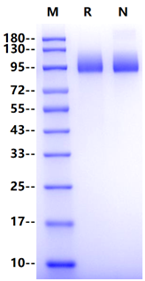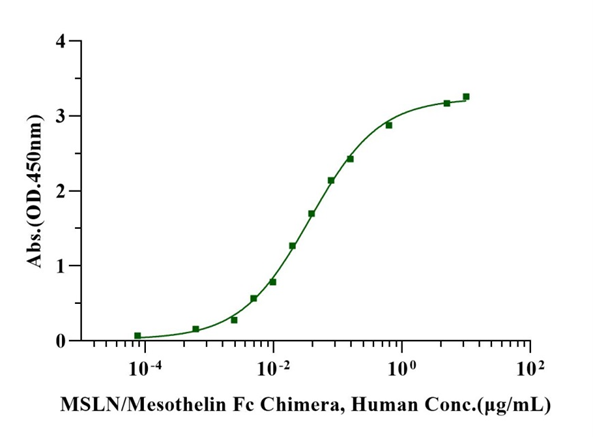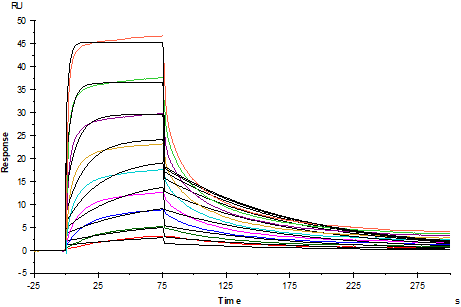1、Bast R C. et al. (1981) Reactivity of a Monoclonal Antibody with Human Ovarian Carcinoma. J Clin Investig. 68: 1331-1337.
2、Yin B W T. et al. (2001) Deciphering the Molecular Nature of Ovarian Cancer Biomarker CA125. J Biol Chem. 276: 27371-27375.
3、O’Brien T J. et al. (2001) The CA 125 gene: an extracellular superstructure dominated by repeat sequences. Tumour Biol. 22: 348-366.
CA125 (also known as MUC16) was first identified in 1981 by OC125, a mAb that had been developed from mice immunized with human ovarian cancer cells. The first cDNA clones were reported in 2001. CA125 is a very large membrane-bound cell surface mucin, with an average molecular mass between 2.5 and 5 million daltons. It is also heavily glycosylated with both O-linked and N-linked oligosaccharides. The peptide backbone of CA125 is composed of the N-terminal region, extensive Ser/Thr/Pro-rich tandem repeats (TR) with 156 amino acids each with both N- and O-glycosylations, a SEA domain with high levels of O-glycosylation and a C-terminal region with a short cytoplasmic tail. The expression of CA125 is associated with multiple systemic tumors (ovarian cancer, digestive system malignancy, tongue cancer, breast cancer, lung cancer, et al.). Serum CA125 is the most widely used method to detect recurrence and monitor response to treatment and is a sensitive tumor marker.


Immobilized CA125/MUC16 His Tag, Human (Cat. No. UA010258) at 2.0μg/mL (100μL/well) can bind MSLN/Mesothelin Fc Chimera, Human (Cat. No. UA010184) with EC50 of 0.031-0.043μg/ml.

Anti-His antibody Immobilized on CM5 Chip captured CA125/MUC16 His Tag, Human (Cat. No. UA010258), can bind MSLN/Mesothelin Fc Chimera, Human (Cat. No. UA010184) with an affinity constant of 0.11μM as determined in SPR assay.